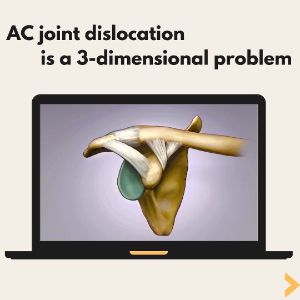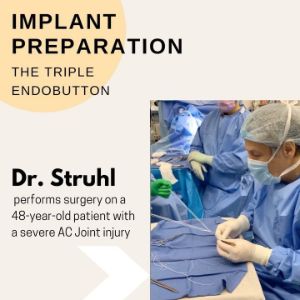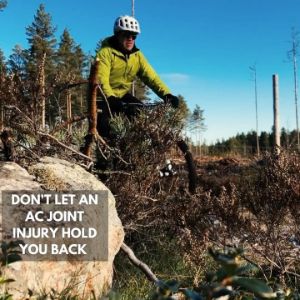Osteonecrosis, also known as avascular necrosis (AVN), is a condition where the blood supply to a bone is disrupted, leading to bone tissue death. Over time, this can result in joint pain, reduced mobility, and even collapse of the affected bone. Understanding the stages of osteonecrosis is crucial for timely diagnosis and treatment, as early intervention can often preserve bone health and joint function.
At the office of Dr. Steven Struhl in NYC, we specialize in diagnosing and treating conditions like osteonecrosis, tailoring treatment plans to the stage of the disease, and individual patient needs.
The Stages of Osteonecrosis
Osteonecrosis typically progresses through four stages, as defined by the Association Research Circulation Osseous (ARCO) classification. Early detection is key to managing the disease effectively.
Stage 1: Preclinical or Asymptomatic Stage
Characteristics: In the early stage, there may be no visible symptoms, and X-rays often appear normal. However, MRI scans can detect reduced blood flow and early bone changes.
Symptoms: Pain may be minimal or absent.
Treatment Options:
- Non-Surgical: Core decompression, where a small hole is drilled into the bone to reduce pressure and improve blood flow, may be effective at this stage.
- Medications: Bisphosphonates, anti-inflammatory drugs, and blood thinners may be prescribed to manage bone health and pain.
Stage 2: Early Structural Changes
Characteristics: X-rays reveal subtle changes, such as sclerosis (hardening of the bone), but the shape of the bone remains intact.
Symptoms: Patients may start experiencing mild to moderate pain, especially during weight-bearing activities.
Treatment Options:
- Non-Surgical: Physical therapy and lifestyle modifications, such as using crutches to offload weight, can help slow progression.
- Surgical: Core decompression remains an option, sometimes combined with bone grafting to support regeneration.
Stage 3: Collapse of Bone Structure
Characteristics: The bone’s surface begins to collapse, leading to joint space narrowing. “Crescent signs,” indicating subchondral fractures, are visible on imaging.
Symptoms: Pain becomes more pronounced, even during rest. Joint stiffness and reduced range of motion are common.
Treatment Options (Surgical):
- Bone grafting to reinforce the weakened area.
- Osteotomy, a surgical realignment of the bone, may be performed to shift weight away from the damaged section.
Stage 4: Advanced Joint Damage
Characteristics: The bone collapses further, causing severe joint deformity and arthritis.
Symptoms: Chronic pain and significant loss of mobility.
Treatment Options:
- Joint Replacement Surgery: In advanced cases, total joint replacement, such as a hip or knee replacement, is often necessary to restore function and alleviate pain.
Each year, approximately 10,000 to 20,000 new cases are diagnosed in the United States, according to the American Academy of Orthopaedic Surgeons (AAOS). Early-stage treatments, such as core decompression, have shown significant success, with up to 80% of cases experiencing halted disease progression.
Expert Care for Osteonecrosis in NYC
At Dr. Steven Struhl’s practice in NYC, we focus on providing personalized, state-of-the-art care for patients with osteonecrosis. By combining advanced diagnostic tools and a range of treatment options, we aim to preserve joint function and improve quality of life. If you are experiencing symptoms or have been diagnosed with osteonecrosis, schedule a consultation today to explore your options and take the first step toward recovery.
Posted on behalf of Steven Struhl MD





